Harmonic Analysis (RMA) Worksheet for the song: "Bye The Beautiful Sea".
Harmonic Analysis (RMA) Worksheet for the song: Bye The Beautiful Sea.
By The Beautiful Sea is a popular song published in 1914, with music written by Harry Carroll and lyrics written by Harold R. Atteridge. The melody was composed on the terrace of Reisenweber's Brighton Beach Casino. The sheet music was published by Shapiro, Bernstein & Co.
The song was originally recorded by the Heidelberg Quintet, topping the early American music charts for six weeks in the summer of 1914, during the outbreak of World War I. Other popular recordings in 1914 were by Ada Jones & Billy Watkins, and by Prince's Orchestra. (wikiwand);
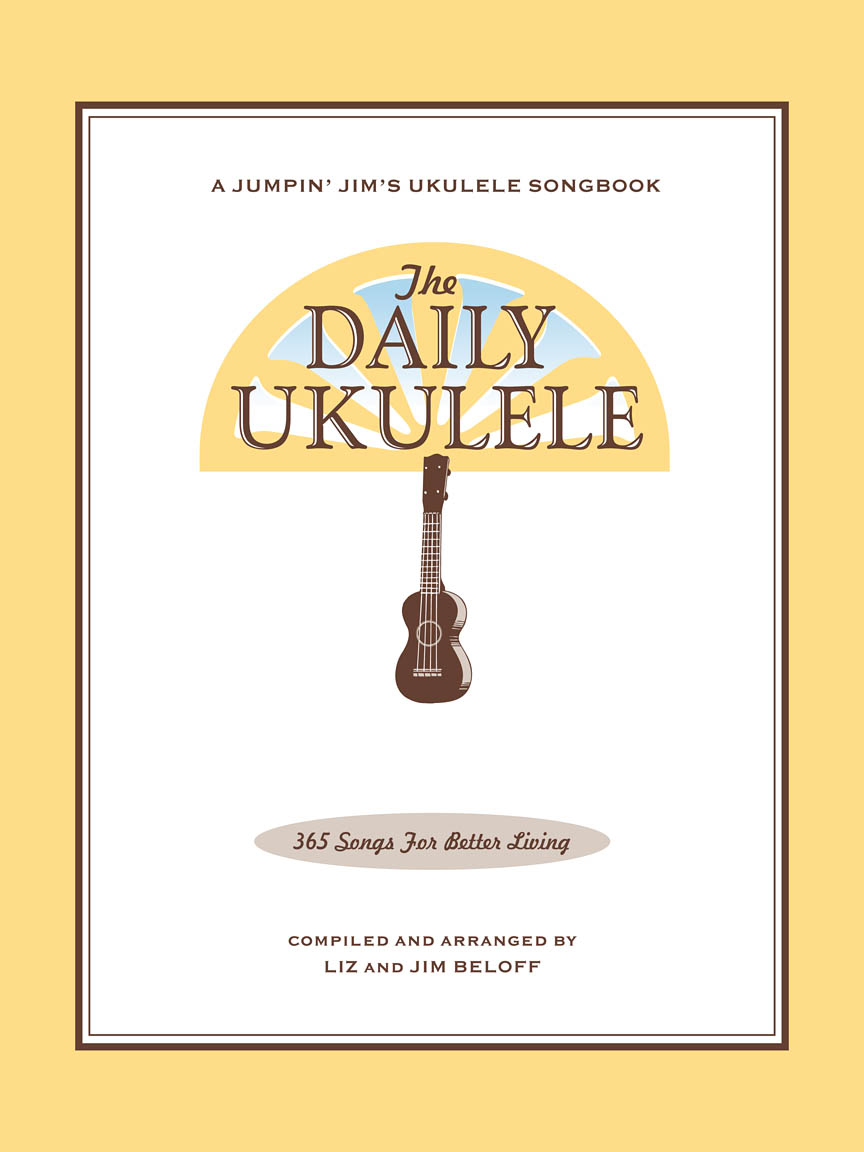
The Daily Ukulele— 365 Songs for Better Living book.






Typically you don't need a D.S. sign at the begging of a song, as a D.C. would instruct to go back to the beginning. However, there are two pickup notes for By The Beautiful Sea so the D.S. sign was included on the RMA/Roadmap.
D.S. al Coda
N.C.
Coda
VI7
( V of II)
The Em A7 typically resolves to D major. As the D7 is a major chord type we can hear the resolution. If it was D we could have called this an Internal MOdulation to the Key of D. It also fits the definition of a Cycle of three seventh chords, a perfect four apart. With the fist seventh A7 preceded by its II chord Em – a classic II V . The D7 is actually a double function chord, part of the II V I harmonic cell as well as the VI7 II7 V7 Cycle.
A Harmonic Analysis (RMA/HA) and its worksheet are intended to show the function of the chords, the harmonic principles used, the keys and tonalities the song explores. And, can be used for scale selections and chord and scale substitutions.
lead leadsheet.Minimal roadmap information such as repeats, fine, D.S., D.C., and codas has been used in preparing the worksheets to somewhat mirror the leadsheet in the Daily Ukulele book.
Yellow Book. You should start to recognize that 1st endings typically always return to a previous verse or an
 section. With a 2nd ending, a transition to a different part of the song, a
section. With a 2nd ending, a transition to a different part of the song, a  or chorus. Harmonic Principles are used for these repeats and transitions.
or chorus. Harmonic Principles are used for these repeats and transitions.- By The Beautiful Sea is in 4/4, Cut Time and the Key of C .
- Full Diatonic
- Partial Diatonic • Full Diatonic includes Secondary Dominant chords
- Cycle
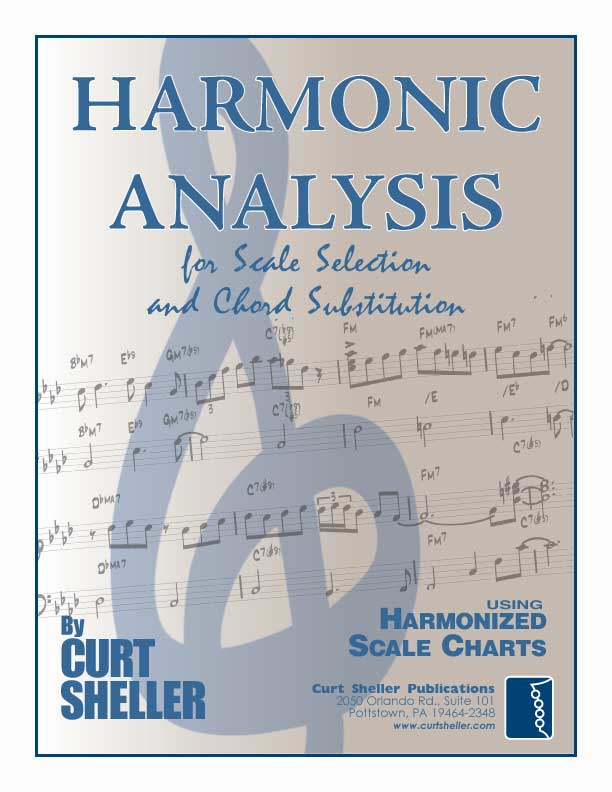
Contemporary Scales: Minor Pent: Minor Pentatonic, Pent: Major Pentatonic, Blues,
Scale/Mode Names: Ion: Ionian (Major), Dor: Dorian (Minor), Phrygian: Phrygian, Lyd: Lydian, Mix: Mixolydian (Dominant), Aeol: Aeolian (Natural Minor), Loc: Locrian
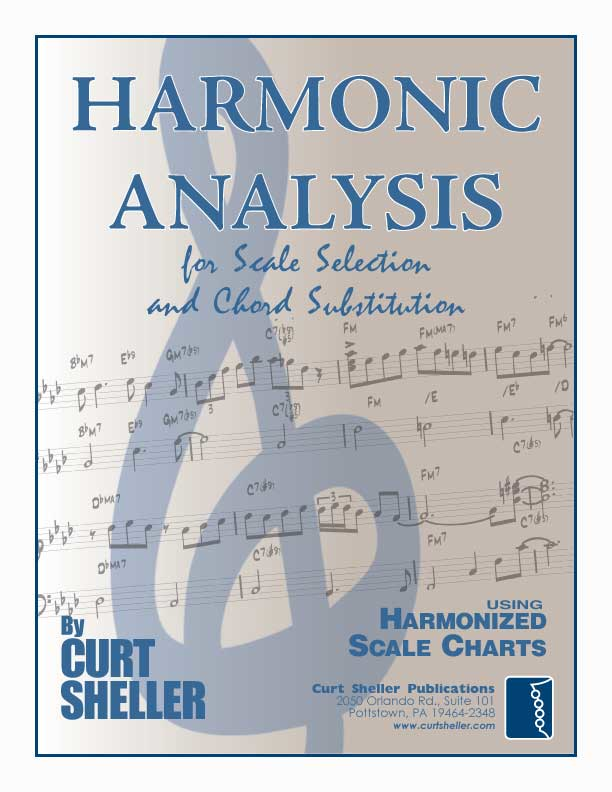

- (wikiwand) By The Beautiful Sea
Related Lessons, Videos, Lesson Series, Songs, Books & Reference Charts, Resources & Assets, Workshops are below.
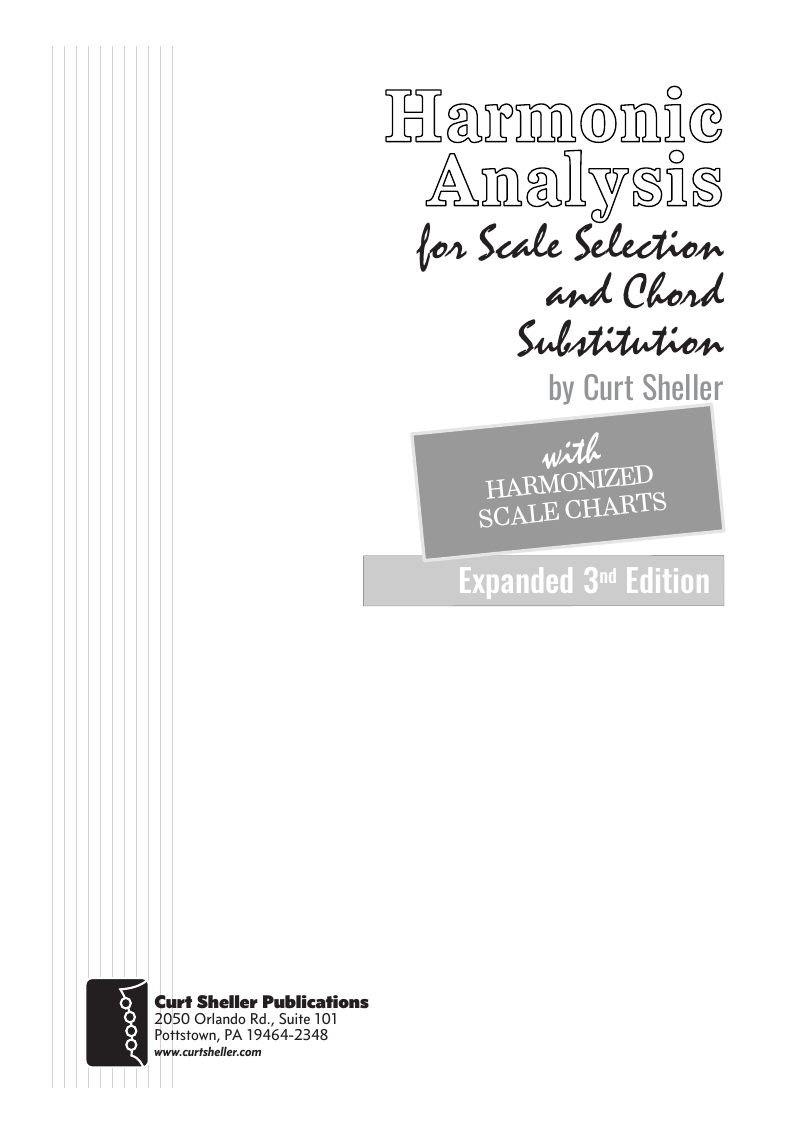
Harmonic Analysis ( HA ) is the process used to determine the harmonic function of chords within a chord progression. A chord progression is defined as a sequence of chords, each chord has a root and has a particular chord type. The relationship of a chord's root to a scale determines its function within that scale's tonality. Once a chord's function is identified, scale selections along with chord and scale substitutions can be made. This process is called Root Movement Analysis ( RMA ). This series of lessons are extracted from my book for use with individual private and on-line students. Each lesson directly corresponds the chapters in my book Harmonic Analysis for Scale Selection and Chord Substitution by Curt Sheller (me).

Harmonic Analysis (HA), also known as the study of chord relationships, is the method used to identify the harmonic role of chords within a chord progression or song. A chord progression refers to a sequence of chords, with each chord having a root note and belonging to a specific chord type. The function of a chord within a particular scale's tonality is determined by its relationship to that scale.

Harmonic Analysis is the understanding of the functional sequence of chords. It is the process used to analyze the harmonic structure of a progression, song or composition. This analysis is then used to make scale selections for improvisation and chord substitution.
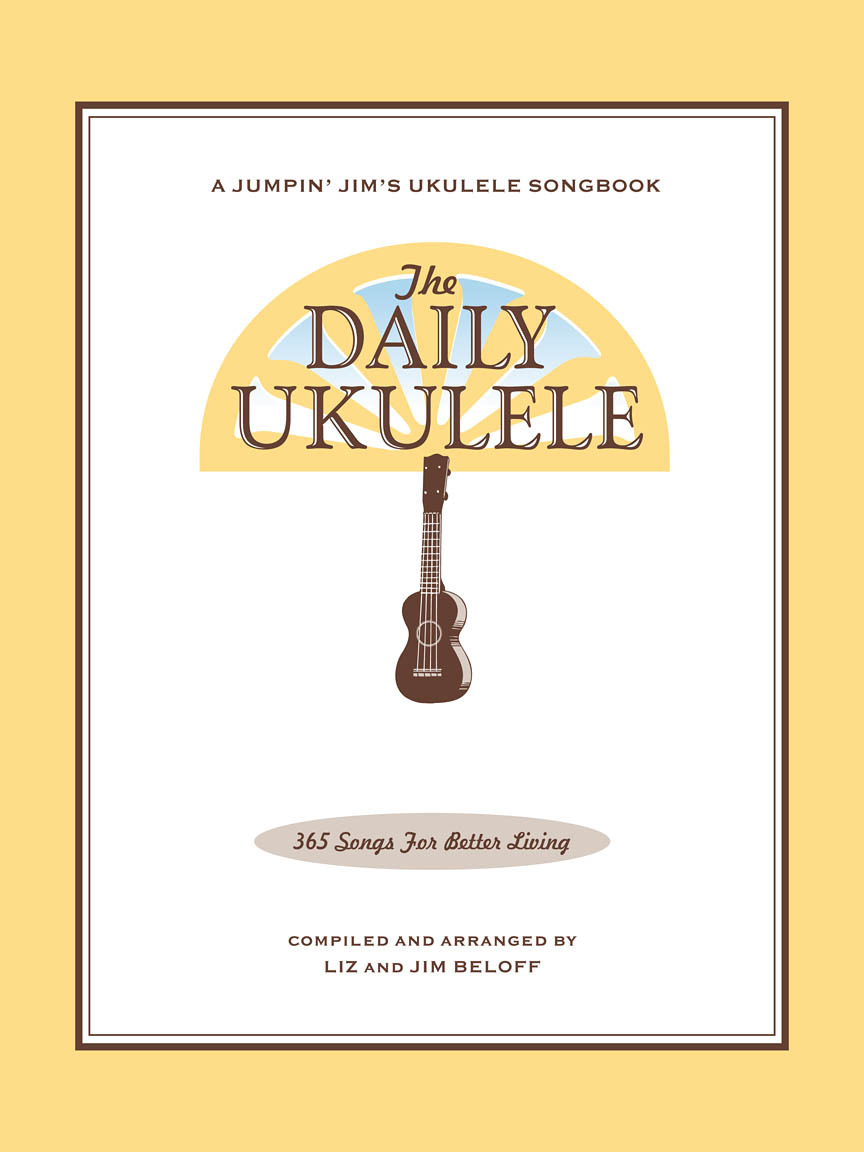
Strum a different song every day with easy arrangements of 365 of your favorite songs in one big songbook! The Daily Ukulele features ukulele arrangements with melody, lyrics and uke chord grids and are in ukulele-friendly keys that are particularly suited for groups of one to one hundred to play and sing.


return in your investment)—it is this— learning the
f*ckingnotes of your OWN instrument. Sorry for the tough talks—but it is sooooo true!


Learn to read single note melodies in the first/open position is a lot easier than you might think. Book: Ukulele – Reading Music Series – Primer

An organized collection of daily practice and reference material for the contemporary ukulele player for developing the vocabulary and knowledge necessary for single note playing. Book: Daily Practice Material for the Contemporary Ukulele
Checkout the Books & Reference Charts for additional Handy, Dandy Reference Charts.

Ukulele Fingerboard Chart for C Tuning, Low or High G – G C E A

Ukulele Fingerboard Chart for G Tuning, Low or High A – D G B E

A handy reference chart of all 15 major and relative minor key signatures. US Letter 8.5 x 11 sized (ANSI-A) , A4






.jpg)